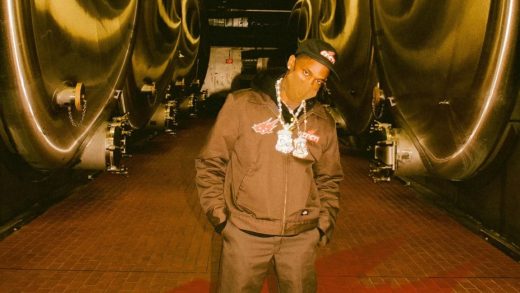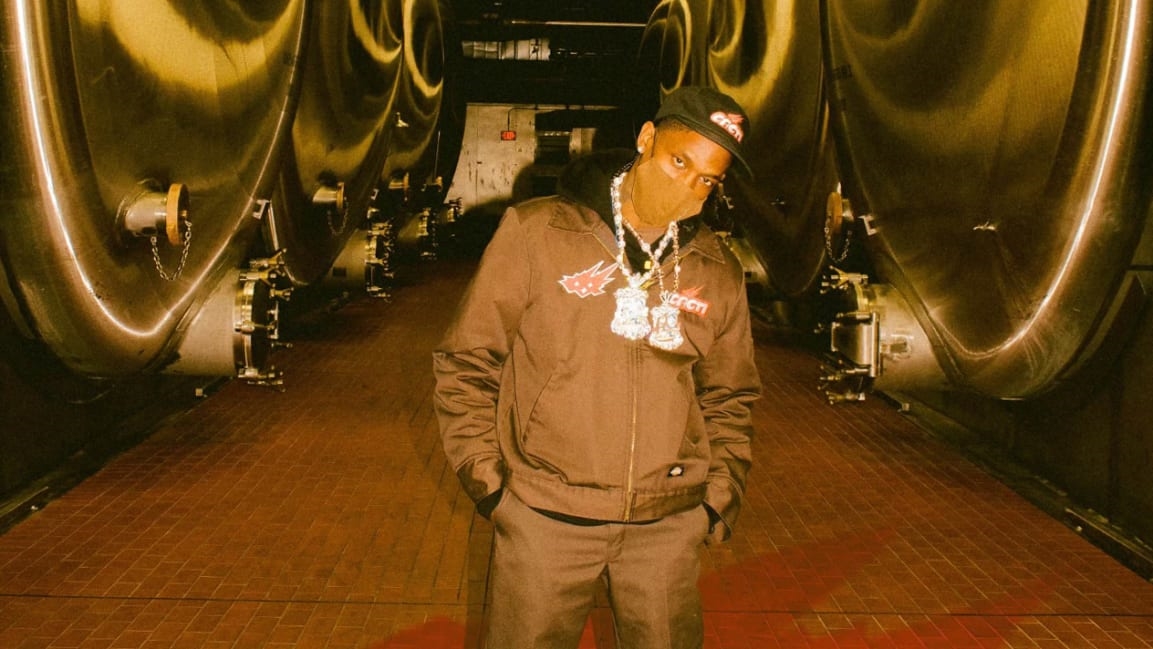Can Travis Scott’s Cacti be Budweiser for Gen Z?
In 2013, Travis Scott sat at a table during a launch event, ignoring the hubbub. With a pen, he spelled out the word Cactus vertically. Then he ran the name Jack horizontally, crossing at the A. On top, he drew three lines, implying spikes, or perhaps a small burst of something magical.
“I was just down in the basement. I was like, ‘Yo, I’m starting this label,’” says Scott, who I chatted with over Zoom. “I would just draw my own tracklist, do my own tease, cooking up designs and sending them out. That’s just the different third degree of my brain.”
Eight years later, and Scott’s Cactus Jack brand is a music label, a fashion label, a philanthropic endeavor, and now, it’s behind what’s poised to be one of the biggest new alcoholic drink launches in the history of the industry.
Alongside the world’s largest beer producer, Anheuser-Busch InBev, Scott is launching Cacti nationwide this week. Available in pineapple, strawberry, and lime, it’s a new take on the rapidly growing hard seltzer segment that’s fruitier, boozier (7% ABV), and all around more flavorful than White Claw or Truly. And, being named after a cactus, yes, it’s even sweetened with agave.
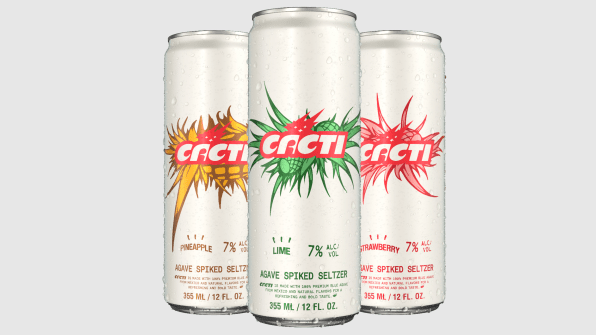
“We really want to design liquids and build brands people engage with and love,” says Michel Doukeris, CEO of Anheuser-Busch. “We know what succeeds there is what’s culturally relevant.”
Relevance is a tricky balance in the beverage industry. AB InBev is the largest brewer in the world, running some of the most recognized brands in alcohol, including Budweiser and Michelob Ultra. But in recent years, beer has been on a slow decline as Millennials and Gen Z have looked for other options, causing new categories like hard seltzer to explode (from $4.5 billion in 2020 to an estimated $14.5 billion by 2027). That led AB InBev to launch Bud Light and Michelob Ultra hard seltzers last year as part of a $1 billion investment into the category.
Relevance has been a bit less tricky for Travis Scott (which is the stage name of Jacques Bermon Webster II), who, since releasing his third album, Astroworld in 2018, has been omnipresent on the Billboard charts. Cactus Jack is his container for any and all of his creative initiatives. (The cactus itself is something of a totem for the artist, who hails from Texas. And “Jack” is likely a play on Jacques.) While homegrown, Scott’s brand has serious reach. He’s signed partnerships with Nike, Playstation, and General Mills. But in 2020, McDonald’s truly stress tested Scott’s brand when it launched a limited time Cactus Jack meal. Not only did the meal became a TikTok sensation, many have credited it with turning around McDonalds’s waning sales. The meal fueled the biggest September McDonald’s had in over a decade.
As for the partnership between Scott and AB InBev, that was born roughly a year ago when Scott wanted to launch his own alcoholic beverage company, and the two groups started talking.
As Scott tells the story, he pitched a drink to AB InBev that he wanted to consume—something that would be smooth and palate pleasing. Scott has never been particularly into beer. And while he likes agave notes from tequila, he says spirit-based drinks can be tough to casually sip.
“The taste is so, just weird and super mad strong. And I was just telling everyone, like, ‘Yo, I’ve always had simple taste buds. I’m such a picky eater.’ I’m the simplest when it comes to beverage, food, anything,” says Scott. “I wanted to just create something that I would like! What’s so crazy about this is it would be hard to get behind something . . . that’s just not personally representative to what you like.”
In the past, AB InBev had always developed a product first and found a celebrity partner second. (When Lance Armstrong endorsed Michelob Ultra in 2011, for instance, he had nothing to do with low-carb beer development.) Now, for the first time the company is doing what we’ve seen happening more and more across business: enlisting and supporting a creative partner who wants to co-develop any new product from the ground up.
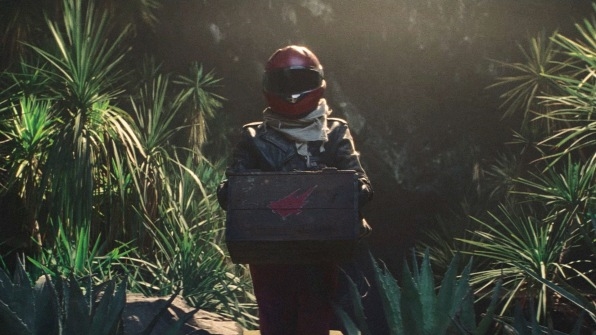
“I just try to wear as many hats as I can. And I love this shit so much that I just try to be so dialed into it,” says Scott of his business ventures. “We try to work on every process. I try not [to be] . . . a poster person. No, it’s like I’m obsessive about being involved. It’s part of my identity.”
AB InBev recognizes Scott as the founder and creator of Cacti, but the terms of the agreement behind ownership and profit sharing are confidential.
While Scott approach AB InBev, the company was also sitting on customer research that was in line with much of Scott’s own brief. They’d been hearing pushback about hard seltzers being too bland, and they believed there was an opportunity to create a seltzer with a bolder flavor profile to stand out.
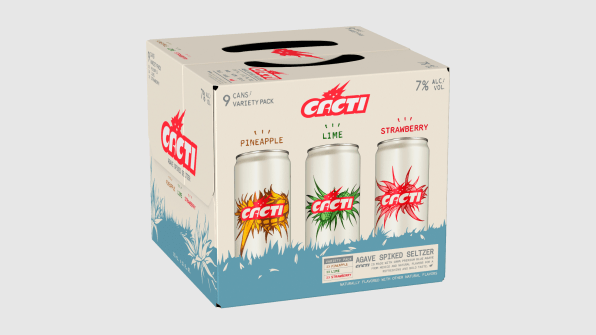
So AB InBev began developing a drink to Scott’s specifications. What followed was a lot of meeting and tasting, between Scott’s team and the InBev team. As COVID-19 struck, those meetings moved to Zoom, and those tastings were shipped. Scott himself tested 25 variations of the evolving formulation, with different flavors, levels of sweetness, and amounts of alcohol. On the backend of flavor science, AB InBev was perfecting the temperatures of its fermentation process, and analyzing new strains of yeast that would work better to ensure they had a cleaner tasting seltzer base.
“You have to go a bit too much to know where to subtract. Not that that was a bad thing, but we had to figure out how to get the balance,” says Scott. “I was throwing out all sorts of different, weird adjectives of what I taste, [what] I want to feel, and don’t want to feel.”
“We tried to balance earth and light,” adds Scott later. “That was our whole stance on it.”
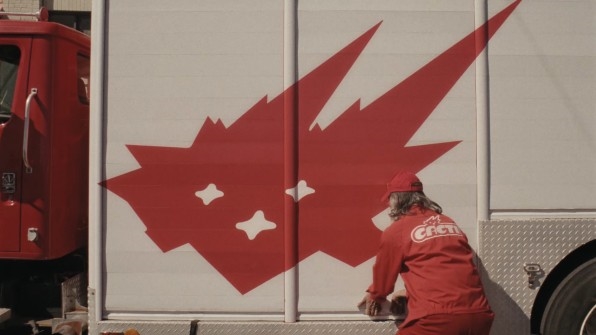
I never doubted Scott’s creative purview, but I’ll admit to questioning his palate, just a little, when the McDonald’s meal he curated swapped french fry ketchup for barbecue sauce, and washed it all down with a Sprite. It was sweet on sweet! However, Cacti won’t make your teeth sting. It’s a superbly balanced beverage that prioritizes pleasing your palate over challenging it. Honestly, the pineapple flavor is the best hard seltzer I’ve ever tried. The fresh-smelling fruit hits your nose the second you open the can, and the scent translates perfectly as it reaches your tongue without any Jolly Rancher effect.
Cacti is certainly sweet, but not too sweet. At 150 calories, it’s got a bit more sugar than your typical hard seltzers, but let me say, those 50 calories are well spent. The end product is more like a sparkling, fresh juice than flavored water. Alcoholic LaCroix, this is not. But most of all, Cacti doesn’t leave a weird, metallic aftertaste of chemicals and booze as many seltzers do.
“I’ll never forget the moment we got it,” says Scott. “When the first samples came in, they came in glass bottles. I just knew, from that moment, when we had it, and I drank it. And I was like, ‘Yooo, how long does it take to get this in a can?’”
Because once he tasted *the* version in a glass bottle, Scott was reasonably skeptical that the flavor could translate to aluminum. When it did, he still remained skeptical that flavor would make it to store shelves, right up to the point when he visited a manufacturing plant in L.A. where Cacti was being produced.
View this post on Instagram
His mentality at the time? “I’m gonna try this shit right now, make sure there’s no super scientist back there who hit me with a magic trick,” says Scott, who at this point in our conversation has morphed from casually sipping his strawberry Cacti to crouching powerfully over his webcam in full performance mode. “Because I’m still a consumer!”
So as he saw Cacti rolling off the actual assembly line, he asked to grab one—in part as a celebratory gesture, and in part to quell any final, lingering concerns before Cacti shipped to distributors. (It tasted fine.)
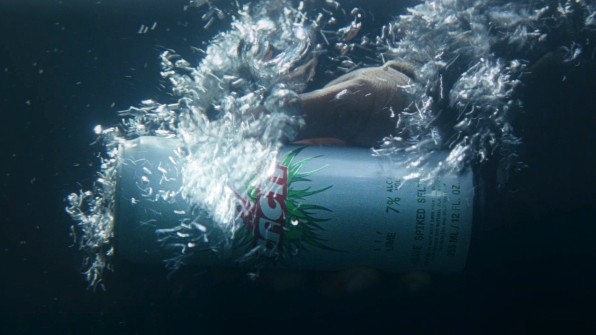
Ultimately, AB InBev insists that they didn’t do extensive, external market testing to validate the product before launching Cacti nationally, as would be more typical. Instead, Scott’s team—who he says primarily consists of himself and Corey Damon Black—led the branding with an assist from AB InBev’s in-house creative studio draftLine. Scott himself wrote his own commercial treatment, and directed it alongside Trey Edward Shults, which pulls the viewer from the desert to a Cacti oasis. And Scott validated the flavor with his friends. As Scott says, “everything to me is about natural flow” and if you start to overthink a marketing strategy, it’s an indication that your product “shouldn’t even be made in the first place.”
“We built this to our [own] taste,” insists Doukeris, who was unusually involved with the testing process as well.
Doukeris, too, recalls taking his first sip of the final, winning prototype when he was traveling in Miami. Along with five cases of Cacti came a long list of notes from Scott and his friends. Scott had liked the prototype enough that he already shared the product with his inner circle, and they’d confirmed it was ready to ship.
“It was almost like, ‘Michel, we don’t care what you think from now on, because we’ve already got the product we want,’” recalls Doukeris, as Scott explodes with laughter on our call. “Consumer testing was not even relevant anymore. It was the case where the boss liked the product . . . from that point on, Cacti was born.”
Fast Company , Read Full Story
(34)

